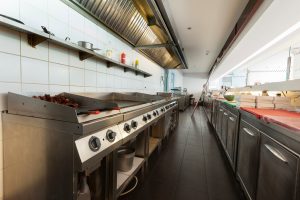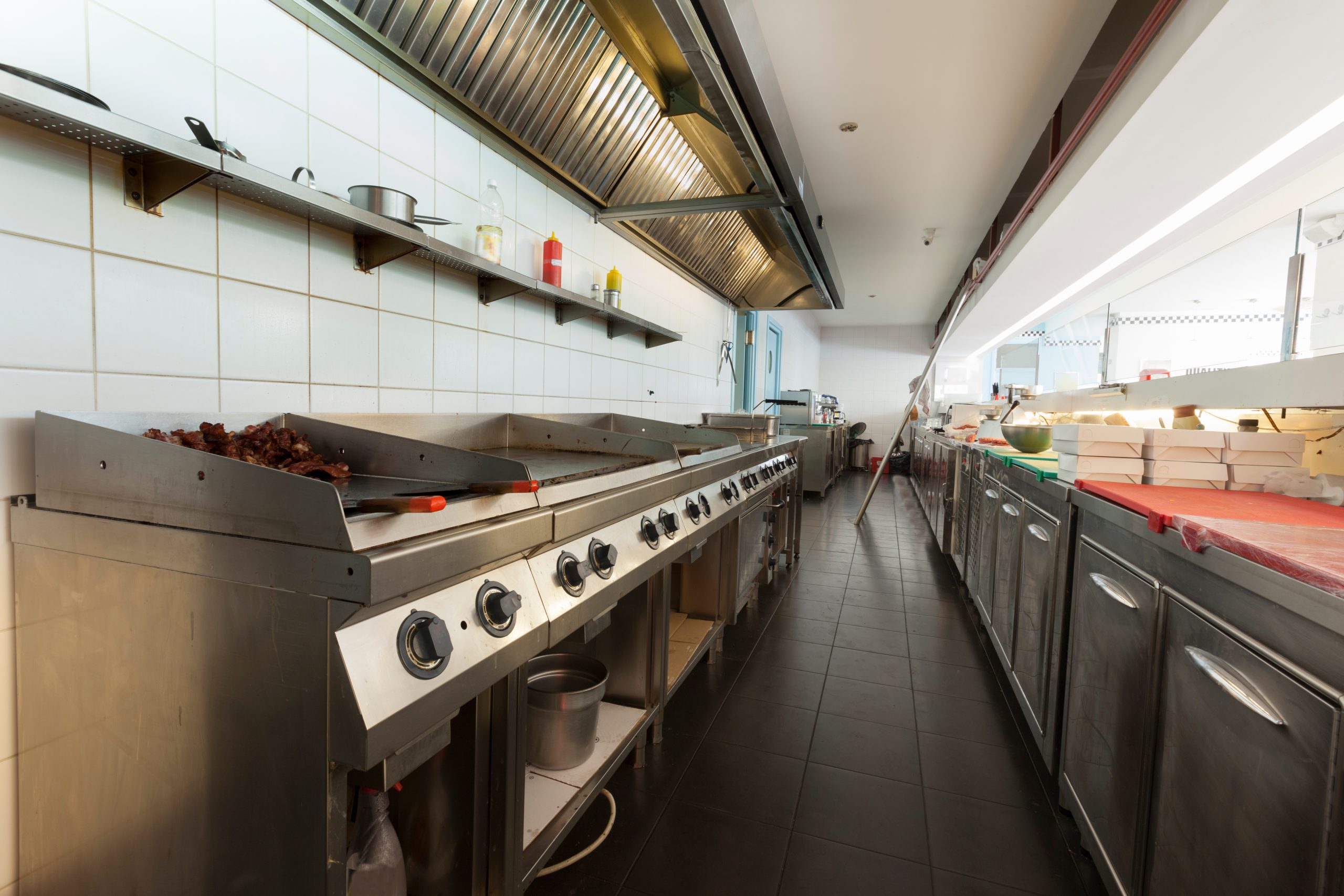
The kitchen—you can’t have a restaurant without it, but there is no question that the kitchen is a massive energy consumer. The ovens and fryers cook the food, sending out stifling waves of heat while the ovens and freezers continuously pump out frigid air to keep food fresh, and it’s all going on in the same space.
While your kitchen will always need a considerable amount of energy to operate properly, there are steps you can take to drastically reduce energy expenditure in that area. Of course, there is always the option of replacing old appliances with new equipment that has been designed to conserve energy. There’s no doubt that those purchases would take your kitchen to the next level, but many business owners may not be ready to spend that money.
Have no fear, though. There are still steps you can take that don’t require as much of an initial investment. Without spending the big bucks and taking the obvious step of replacing old appliances, here are four pieces of equipment you can add to your kitchen to make it more energy-efficient.
1. An Intelligent Energy Management System
An intelligent EMS not only helps manage energy expenditure in the kitchen, but it will help your entire restaurant operate more smoothly and cost effectively. With an intelligent EMS, you’ll be able to manage how much energy your restaurant uses, and you’ll be able to see which elements of your restaurant are taking the most power. (If you still aren’t convinced that you need an intelligent EMS, check out this article!)
2. LED Lighting
Replace traditional incandescent or fluorescent lighting with energy-efficient LED lighting throughout your kitchen. It may not seem like it will make a difference, but you might be surprised by the results! LED lights use significantly less energy, have a longer lifespan, and produce less heat. On average, LED lights consume about 75-80% less energy than traditional incandescent lights—that’s a change you’ll see on your bottom line. (We have a whole article about lighting and energy. Read that here!)
3. Water-Saving Fixtures
Install water-saving fixtures, such as low-flow faucets and pre-rinse sprayers, to reduce water consumption in your kitchen. These fixtures can help minimize water waste during food preparation and dishwashing.
4. Ventilation upgrades
This will be more of an investment, but it’s worth considering. Upgrading your kitchen’s ventilation system to high-efficiency models can effectively remove heat, steam, and odors while minimizing energy consumption. Look for ventilation systems with variable speed controls and demand-based ventilation to optimize energy usage.




